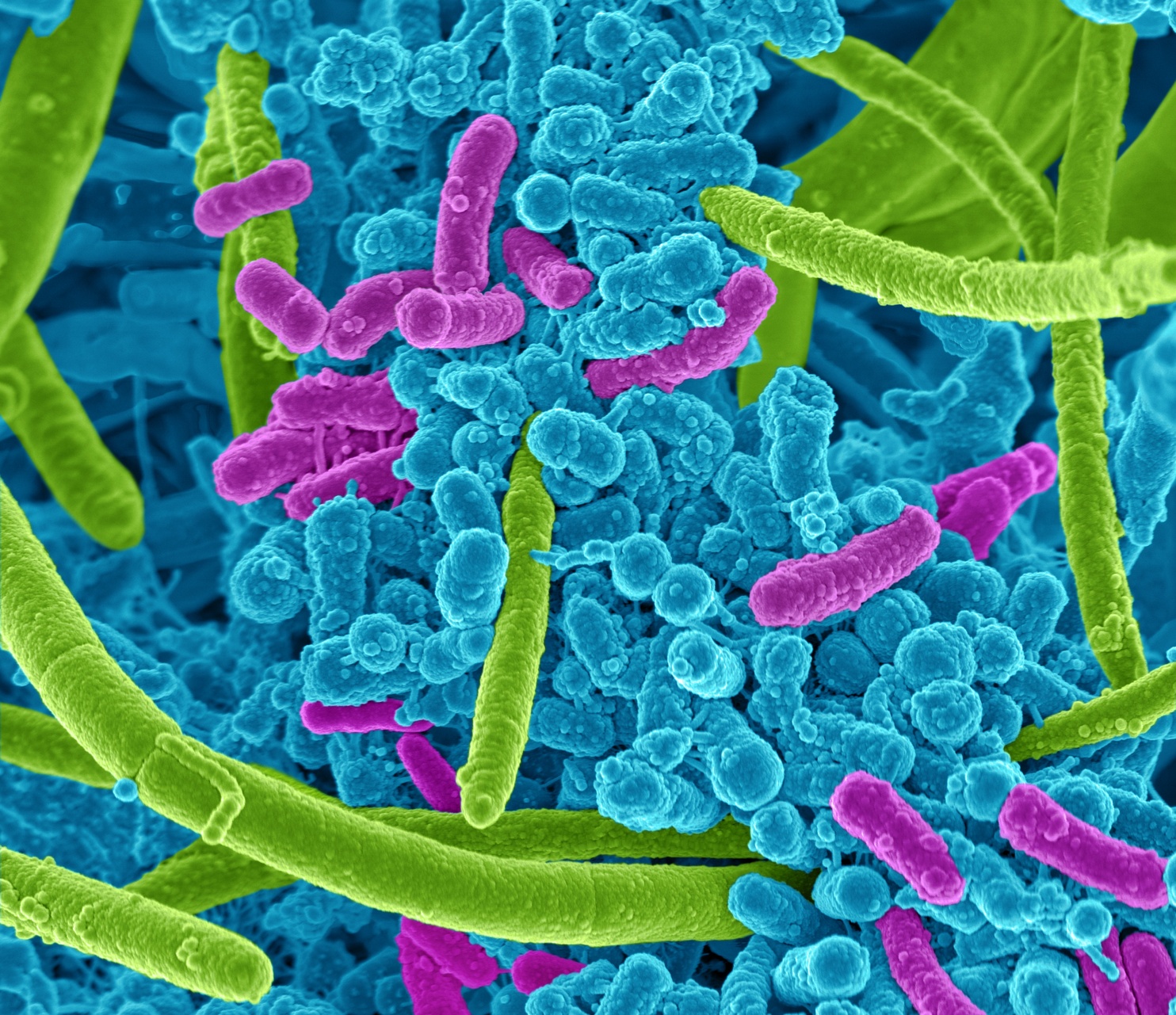Exploring Microbiome Innovation: Insights from the Microbiome One Health Conference

Over 100 microbiome researchers and innovators gathered in Glasgow in March 2023 for the sold-out Microbiome One Health Conference, organised by members of the Innovate UK KTN Microbiome Innovation Advisory Board and the Health and AgriFood teams.
The Microbiome One Health Conference was sponsored by Innovate UK KTN and the Biotechnology and Biological Sciences Research Council (BBSRC).
The conference brought together academic and industry researchers and innovators from various microbiome sectors including human, animal, plant, soil & environment. They forged new connections and collaborations, learned from each other, and discussed the challenges and opportunities they share.
It was great to see a conference led and attended by those working actively in the space as opposed to serving the large players in the sector. This means that the science is the focus and this in turn stimulates valuable interaction and discussions which have the potential to lead to meaningful collaborations.
Read on for a conference summary that highlights the current state of microbiome innovation in the UK, as well as challenges and opportunities across the human, animal, plant, soil, and environment microbiome.
Top microbiome innovation developments in the UK
- A new microbiome therapeutics industry is very much alive and succeeding, especially in Intestinal Microbiota transfer (IMT aka Faecal Microbiota Transplantation, FMT) and Live Biotherapeutic Products (LBPs), with the first products now coming to market. Venture Capitalist investment is helping drive development in microbiome therapeutics. The opportunity is significant with the potential for microbiome-based therapeutics targeting Clostridioides difficile infection, Inflammatory bowel disease (IBD), cancer, graft-versus-host disease (GvHD), metabolic, autoimmune, and neurodegenerative diseases and others.
- There are new technologies in the wing that harness microbiome-derived extracellular vesicles for drug delivery in human health or for animal and plant applications.
- There is growing recognition that microbiomes beyond the gut play significant roles in human health, especially skin, oral and vaginal microbiomes. This is becoming a hotspot for innovation both for personal care and new therapeutics.
- The management of soil microbiomes is key for plant agricultural productivity and for reducing greenhouse gas emissions. Microbial biostimulants are being developed to help reduce dependence on chemical fertilizers and pesticides. In AgriFood, new microbiome-based technologies are under development, including those based on phage for livestock and companion animal health and for food preservation.
- In addition to large corporations active in the field of the microbiome, new start-ups continue to emerge, developing a range of new technologies from insect repellents to new consumer health, personal care and nutrition products to apps and diagnostics with applications ranging from human gut, skin and women’s health and wellbeing to animal and plant health and nutrition.
Shared challenges and opportunities across the human, animal, plant, soil & environment microbiomes
- Developing an IP strategy is critical whether you are a large company or a start-up, with the latter facing special challenges, but there is guidance and support available (see Strategic Roadmap).
- It is essential for those developing microbiome-based products based on genetic resources from parties subscribed to the Nagoya Protocol to be aware of and comply with the access and benefit sharing regulations included in the Protocol.
- The regulation of microbiome-based products is complex. Just as with IP, companies need to develop a regulatory strategy to comply with the regulations and achieve regulatory approval for their products, particularly as this often differs between countries.
- Manufacturing microbial products is a challenge when it comes to accessing capability and capacity. This is especially the case to produce strict anaerobic LBPs where Current Good Manufacturing Practice (CGMP) is also needed.
- Safety and Risk Management – There is a need to understand how interventions affect microbiomes whether in the human gut or on the skin or in animal and plant agriculture.
- Standards are necessary for the microbiome field to progress. MHRA has developed physical reference reagents that can help to standardise DNA extractions, sequencing and bioinformatics of microbiome samples. MHRA’s standardisation framework can support setting standards in other sectors. The MHRA Microbiome team would welcome collaborations that can help accelerate innovation in the field through effective biological standardisation.
- Microbiome biobanking is needed, this should be accessible to academic and industrial researchers for advancing science, supporting innovation and for biodiversity conservation.
A vibrant microbiome innovation community is growing in the UK. They are developing cutting-edge science and some of the world’s leading microbiome start-ups.
By helping drive and support UK microbiome research and innovation across the different sectors, we are creating opportunities to collaborate and learn from each other.
Following the success of the Microbiome One Health Conference, we will keep bringing academic and industrial scientists, entrepreneurs, business leaders and experts in IP, regulatory and manufacturing together.
If you would like support to fast-track your microbiome innovation, including making connections and finding funding, get in touch with our experts: Pedro Carvalho (AgriFood) and Gabriela Juarez Martinez (Health).
Thank you to BBSRC for co-sponsoring the event and the organising committee of the conference for making it a success!
This article was written by Andrew Morgan (Chair of Innovate UK KTN Microbiome Innovation Advisory Board), Pedro Carvalho (AgriFood) and Gabriela Juarez Martinez (Health).



